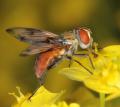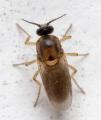Diptera.info :: Family forums :: Asilidae Forum
Who is here? 1 guest(s)
|
Pupa from Warbler nest
|
|
| Holenester |
Posted on 15-12-2018 17:36
|
|
Member Location: Posts: 63 Joined: 07.12.18 |
Hi, I found this pupae burrowed among nest material of Wood Warbler nest. Is it Asilidae? Holenester attached the following image: 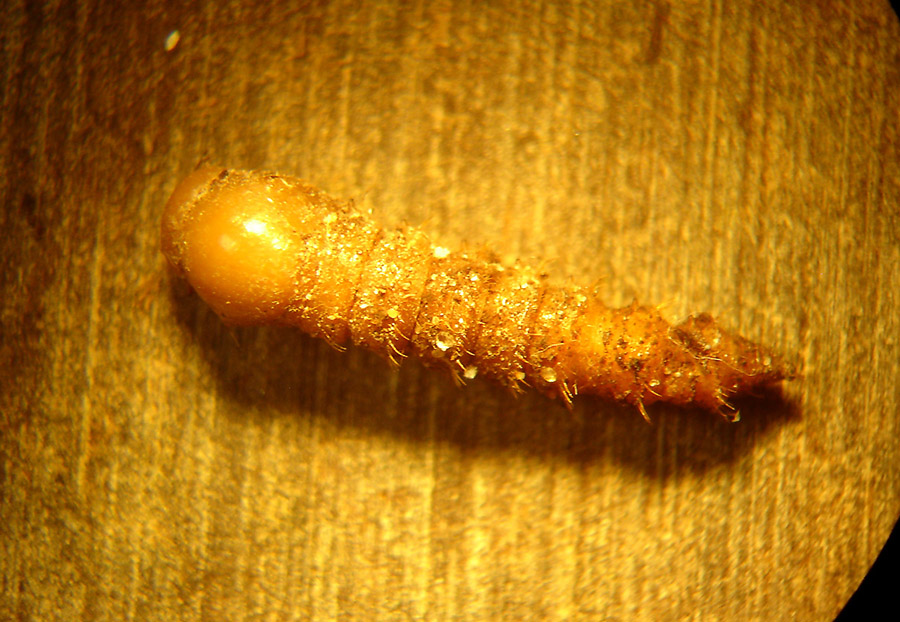 [207.04Kb] Edited by Holenester on 15-12-2018 17:43 |
|
|
|
| Holenester |
Posted on 15-12-2018 17:37
|
|
Member Location: Posts: 63 Joined: 07.12.18 |
Another view:
Holenester attached the following image: 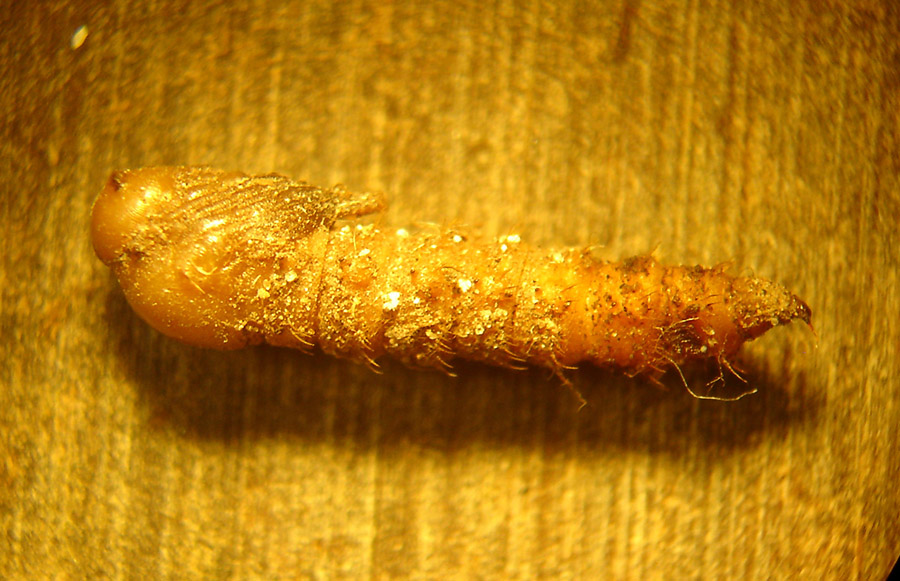 [186Kb] Edited by Holenester on 15-12-2018 17:44 |
|
|
|
| Holenester |
Posted on 15-12-2018 17:39
|
|
Member Location: Posts: 63 Joined: 07.12.18 |
Ans last one, more focused on the head part:
Holenester attached the following image: 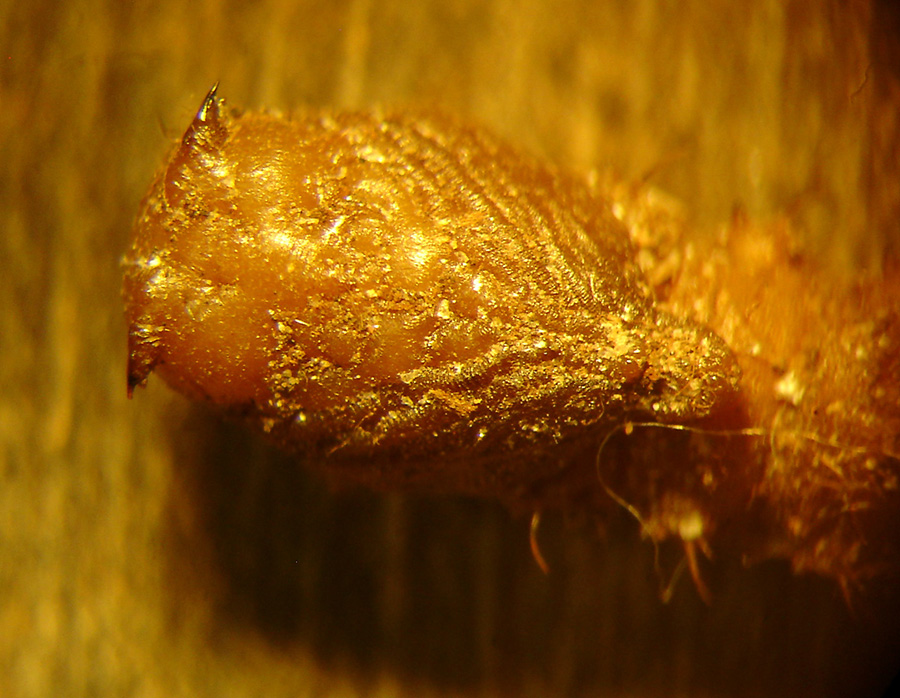 [248.06Kb] Edited by Holenester on 15-12-2018 17:44 |
|
|
|
| Tony Irwin |
Posted on 16-12-2018 11:42
|
|
Member Location: Norwich, England Posts: 7306 Joined: 19.11.04 |
Looks like it. Normally asilid larvae are found in soil, so I'd say this ended up in the nest accidentally. I assume the wood warbler was ground-nesting, as is usual for the species.
Tony ---------- Tony Irwin |
|
|
|
| Quaedfliegh |
Posted on 16-12-2018 18:00
|
|
Member Location: Tilburg Netherlands Posts: 2219 Joined: 18.05.10 |
Could it be a Rhagionidea?
Greetings, Reinoud Field guide to the robber flies of the Netherlands and Belgium: https://www.jeugdbondsuitgeverij.nl/product/field-guide-to-the-robberflies-of-the-netherlands-and-belgium/ https://www.nev.nl/diptera/ |
| Holenester |
Posted on 16-12-2018 18:14
|
|
Member Location: Posts: 63 Joined: 07.12.18 |
I still have this pupa, preserved in alcohol. I may put here additional photo, if there is a chance to id to the family level. |
|
|
|
| Quaedfliegh |
Posted on 17-12-2018 16:44
|
|
Member Location: Tilburg Netherlands Posts: 2219 Joined: 18.05.10 |
I hope more colleagues will have a look at it. Usually pupae of the Asilidae have more projections at the head, but I could find one illustration in Melin 1923 of a pupa of Leptogaster cylindrica which only has two projections, similar to this one.
Greetings, Reinoud Field guide to the robber flies of the Netherlands and Belgium: https://www.jeugdbondsuitgeverij.nl/product/field-guide-to-the-robberflies-of-the-netherlands-and-belgium/ https://www.nev.nl/diptera/ |
| Holenester |
Posted on 17-12-2018 20:28
|
|
Member Location: Posts: 63 Joined: 07.12.18 |
On these pictures two additional projectors (below these huge) are visible. Maybe this could be useful.
Holenester attached the following image: 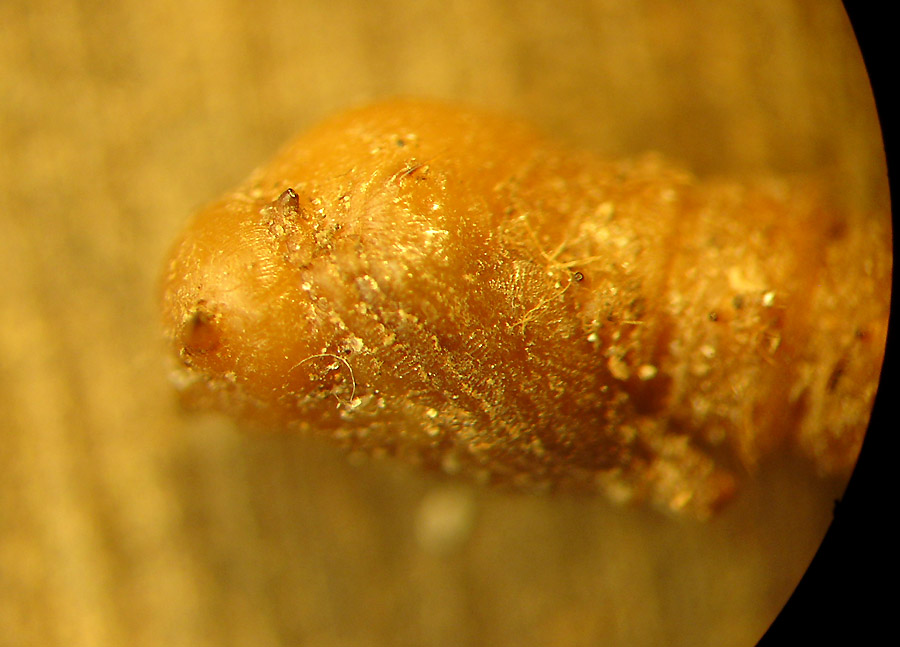 [136.58Kb] |
|
|
|
| Holenester |
Posted on 17-12-2018 20:29
|
|
Member Location: Posts: 63 Joined: 07.12.18 |
And another perspective:
Holenester attached the following image:  [149.92Kb] |
|
|
|
| Even Dankowicz |
Posted on 13-01-2019 19:48
|
|
Member Location: Posts: 14 Joined: 12.06.18 |
This appears to be a member of Therevidae. The supra-alar processes are elongate, whereas they are truncate and resemble a short carina in Asilidae. Furthermore, note the laterally-protruding antennal sheaths (these are more posteriorly directed in Asilidae) and the slender posterior processes, which are thickened and thornlike in Asilidae. Stubbs & Drake 2001 have a good key to families of British pupae, and in this case its diagnosis would have been correct (it doesn't always work in other parts of the world). I wouldn't be surprised if somebody more familiar with Therevidae could identify this further. |
|
|
|
| Paul Beuk |
Posted on 18-01-2019 09:07
|
|
Super Administrator Location: Netherlands Posts: 19403 Joined: 11.05.04 |
May I suggest Scenopinidae? Perhaps also more likely to be found in a bird's nest?
Paul - - - - Paul Beuk on https://diptera.info |
| Even Dankowicz |
Posted on 25-01-2019 04:08
|
|
Member Location: Posts: 14 Joined: 12.06.18 |
I recall reading somewhere that elongate supra-alar processes like we see here are limited to Therevinae (which has certainly been my experience with specimens). I'll see if I can find the reference soon. |
|
|
|
| Paul Beuk |
Posted on 29-01-2019 11:55
|
|
Super Administrator Location: Netherlands Posts: 19403 Joined: 11.05.04 |
Comparing with Manual of Nearctic Diptera I concur with Therevidae.
Paul - - - - Paul Beuk on https://diptera.info |
| Jump to Forum: |





